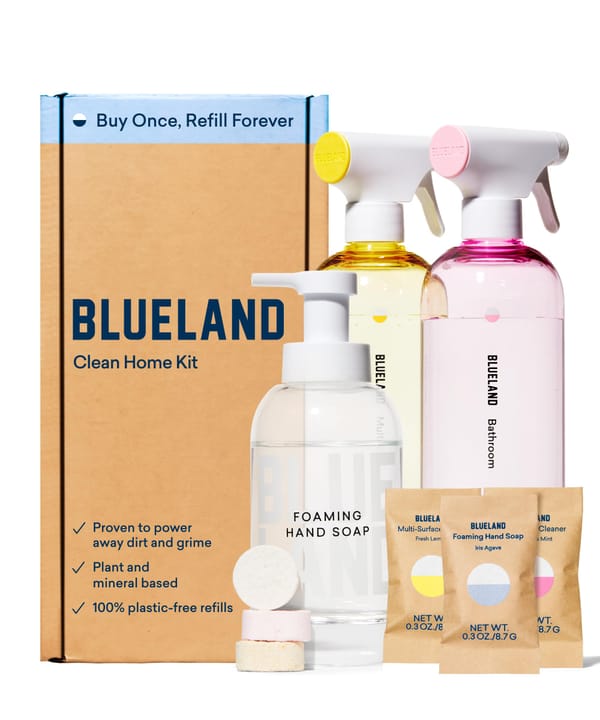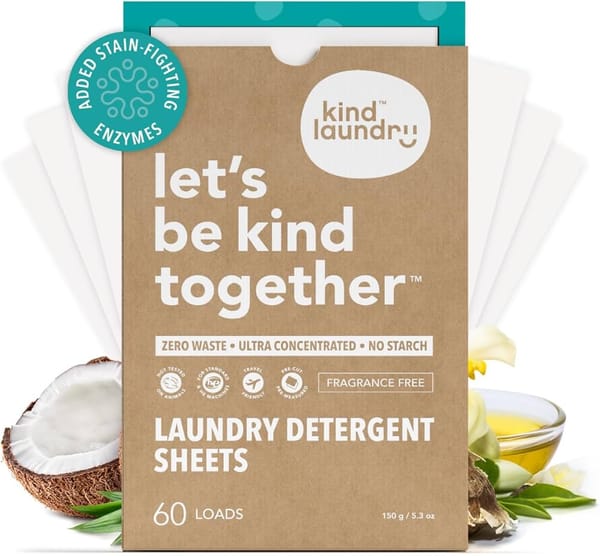Top 10 Decluttering Tips for a More Sustainable Home

As spring approaches, many of us turn our thoughts to refreshing our living spaces through a thorough cleaning and decluttering. This task, while sometimes overwhelming, is deeply rewarding and aligns with sustainable living principles. By clearing out unnecessary items and organizing our belongings, we not only create a more harmonious environment but also reduce waste and cherish the things that truly matter. This process not only revitalizes our homes but also uplifts our spirits, fostering a sense of tranquility and gratitude.
In 2025, sustainable living is more than a trend - it’s a necessity. And one of the most effective ways to reduce your environmental footprint starts right at home: through intentional decluttering. But this isn’t about tossing everything into trash bags. It’s about making mindful decisions, reducing waste, and creating a space that supports both your wellbeing and the planet.
Here are 10 decluttering tips to help you create a cleaner, greener, more purposeful home.
Start with a Sustainability Mindset
Decluttering with sustainability in mind goes beyond aesthetics—it’s about aligning your home with your values. Instead of thinking “What can I get rid of?” ask, “What do I truly need and value?”
When you approach decluttering with intention, you're less likely to over-purge and more likely to reduce consumption long-term.
One step you can take is, before starting, write down your reason for decluttering—whether it’s to reduce waste, save money, or create a calmer space. Refer to it when decision fatigue kicks in.
Declutter by Category, Not by Room
Sorting items by category - like clothing, books, tech gadgets, or kitchenware, offers a full view of your consumption habits. This method prevents you from unknowingly storing duplicates in different rooms and helps build awareness of overconsumption.
A great place to start is with low-emotion categories (like expired toiletries or mismatched food containers), then move to sentimental items later.
A great way of decluttering is by using the “3 Pile System”: Keep, Donate/Sell, Recycle. Place everything in one of the three piles to maintain structure and momentum.
Embrace the “One In, One Out” Rule
The simplest way to prevent future clutter? For every new item that enters your home, commit to removing one. This method keeps your possessions in balance and curbs impulsive shopping.
Why it’s sustainable: It discourages unnecessary purchases and encourages intentional consumption, a key principle of low-waste living.
By adding a “declutter” note to your shopping list - every time you buy something, take five minutes to remove one item from that category (e.g., clothing, tech, or décor).
Donate Responsibly
While it’s tempting to offload everything to the nearest charity shop, not all items are accepted - and overburdening donation centres can lead to waste. Responsible donating ensures your items reach people who truly need them.
Research local charities, schools, shelters, and re-use organizations that accept specific categories (e.g., old towels to animal shelters, formalwear to job assistance nonprofits).
Moreover, look at using donation-matching apps like Giveback Box, or arrange pickups through organizations like British Heart Foundation or Emmaus.
Sell or Swap Items Online
Before sending your unused items out the door, consider whether someone else could benefit from them - and be willing to pay or trade. Selling or swapping not only prevents waste but extends the lifecycle of your items.
Below are well known platforms to try:
- Vinted/Depop for clothes
- Olio for food, toiletries, and household items
- Facebook Marketplace for furniture and electronics
- Bunz or local swap groups for trades
Look at creating a “To Sell” folder on your phone and take pictures of unused items as you come across them. List one item per day, it adds up fast.
Digitize What You Can
From instruction manuals and receipts to photos and notes, paper clutter can be reduced dramatically by going digital. It not only frees up physical space but helps reduce deforestation and paper waste.
What to Digitize:
- Old documents and warranties
- Sentimental letters and kids’ artwork
- Recipes and user manuals
Tools to Use:
- Cam Scanner or Adobe Scan for scanning
- Google Drive or Dropbox for cloud storage
- Password-protected folders for sensitive files
Aim to go fully paperless with banking, bills, and subscriptions to cut off future paper build-up.
Create a “Maybe” Box
We all have those items we’re unsure about. Creating a “Maybe” Box gives you the flexibility to delay the final decision while still reducing clutter from your main space.
How It Works:
- Place questionable items in a labelled box with the date.
- Set a reminder for 3–6 months later.
- If you haven’t needed or thought about the item by then, it’s a sign it can go.
Why It Works: It eases decision fatigue and reduces regret-based decluttering.
Repurpose Before You Replace
The most sustainable item is the one you already own. Instead of buying new, look around for ways to repurpose and reimagine existing items.
Ideas to Try:
- Old mugs as plant pots
- Shoe boxes as drawer organizers
- Worn-out t-shirts as reusable rags
- Glass jars for bulk storage
Search through Pinterest or YouTube for upcycling ideas based on items you’re about to toss.
Schedule Quarterly Decluttering Days
Decluttering isn’t a one-and-done job - it’s a lifestyle habit. Quarterly check-ins keep your space organized and prevent wasteful build-up.
In your calendar, block out a “Sustainability Sweep” every 3 months. Then during each new quarter, focus on a new zone - like wardrobe in spring, kitchen in summer, office in autumn, and garage/storage in winter.
Recycle the Right Way
When an item truly needs to be discarded, dispose of it correctly. Recycling improperly can do more harm than good. Learn your local recycling guidelines to avoid contamination and maximize environmental impact.
How to Improve Your Recycling Habits:
- Use government resources like Recycle Now to identify how to dispose of tricky items.
- Set up clear bins for general recycling, e-waste, batteries, and soft plastics.
- Avoid “wish-cycling” - only recycle what your local facility accepts.
Before you go straight to the recycling centre, do some research, as many brands now offer take-back programs, so it’s worth checking before discarding any item.
Sustainable Decluttering Is a Daily Practice
Decluttering sustainably isn’t just about getting rid of things - it’s about creating a home that aligns with your values. The most powerful home transformation is one that supports your wellbeing and the planet.
Therefore, start small, stay consistent, and remember, every item you keep, donate, sell, or repurpose is a step toward a greener future.



